There are several routes that you can take to the summit of Mount Kilimanjaro each offering different views, experiences and challenges to overcome. Charity Challenge has selected two of these Kilimanjaro routes:- Lemosho from the West side and Rongai from the East.
These are two of the less frequently used routes. They each offer some stunning views of the mountain and surrounding countryside. This article will help you to decide which one is correct for you when signing up to your Kilimanjaro summit climb.
Rongai Route
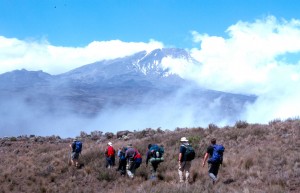 Our trek up this route gives 7 days and 6 nights on the mountain. You will take 5 ½ days to go up and only 1 ½ to come down! The route comes in from the East and follows the Rongai route via the Mawenzi Tarn, which is located in the foothills of the majestic Mawenzi – a secondary peak on Kilimanjaro. Here you spend a day acclimatising before continuing on to the summit. The extra day at Mawenzi includes trekking around an area of awe-inspiring scenery; and this day really helps to increase success rates on the route. On summit night you join the famous Kilimanjaro crater rim at a point known as Gilmans Point (5685m) before setting off
Our trek up this route gives 7 days and 6 nights on the mountain. You will take 5 ½ days to go up and only 1 ½ to come down! The route comes in from the East and follows the Rongai route via the Mawenzi Tarn, which is located in the foothills of the majestic Mawenzi – a secondary peak on Kilimanjaro. Here you spend a day acclimatising before continuing on to the summit. The extra day at Mawenzi includes trekking around an area of awe-inspiring scenery; and this day really helps to increase success rates on the route. On summit night you join the famous Kilimanjaro crater rim at a point known as Gilmans Point (5685m) before setting off
for the 2 ½ to 3 hour return trip to the summit, Uhuru Peak.
On the descent from the mountain you will pick up the busy Marangu route back down the mountain and experience the different terrain that this trek offers.
Rongai is a trekking route and there will be no areas where you will be required to use your hands to ascend.
Lemosho Route
This trek comes in from the West and you spend 8 days and 7 nights on the mountain. This will involve 6 ½ d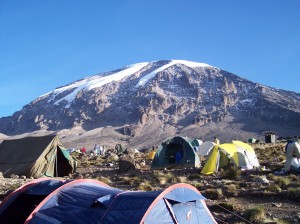 ays of ascent and 1 ½ of descent. This route is more undulating that Rongai and more time is spent acclimatising as you cross the impressive Shira Plateau. The extra day means that Lemosho8 has a slightly higher summit success rate than Rongai7. This is the route that was chosen by the celebrity Comic Relief trek that we ran for Chris Moyles, Cheryl Cole and Gary Barlow. It passes through a real mix of terrain from rainforest to desert to glacier. There is one section of the route which may require you to use your hands to ascend – the Barranco Wall. This is not a technical climb but is the only slightly steeper ground on the trek. Those with a real fear of heights may prefer Rongai. However it is only short, not severe, and the guide will be there to assist you all the way. We have never had a trekker fail on the Barranco Wall.
ays of ascent and 1 ½ of descent. This route is more undulating that Rongai and more time is spent acclimatising as you cross the impressive Shira Plateau. The extra day means that Lemosho8 has a slightly higher summit success rate than Rongai7. This is the route that was chosen by the celebrity Comic Relief trek that we ran for Chris Moyles, Cheryl Cole and Gary Barlow. It passes through a real mix of terrain from rainforest to desert to glacier. There is one section of the route which may require you to use your hands to ascend – the Barranco Wall. This is not a technical climb but is the only slightly steeper ground on the trek. Those with a real fear of heights may prefer Rongai. However it is only short, not severe, and the guide will be there to assist you all the way. We have never had a trekker fail on the Barranco Wall.
After Barranco the trail heads up Barafu Ridge and then reaches the crater rim at Stella Point (5750m) before you trek around to the summit. Coming down you pick up the Mweka route which allows you to see an alternative side of the mountain, with a very rich rain forest belt.
Below is a map of the two Kilimanjaro routes. The Blue on the West side of the mountain is Lemosho. The red on the East side is Rongai.
Either of these Kilimanjaro routes will be a challenge of a life-time. Book your place today.

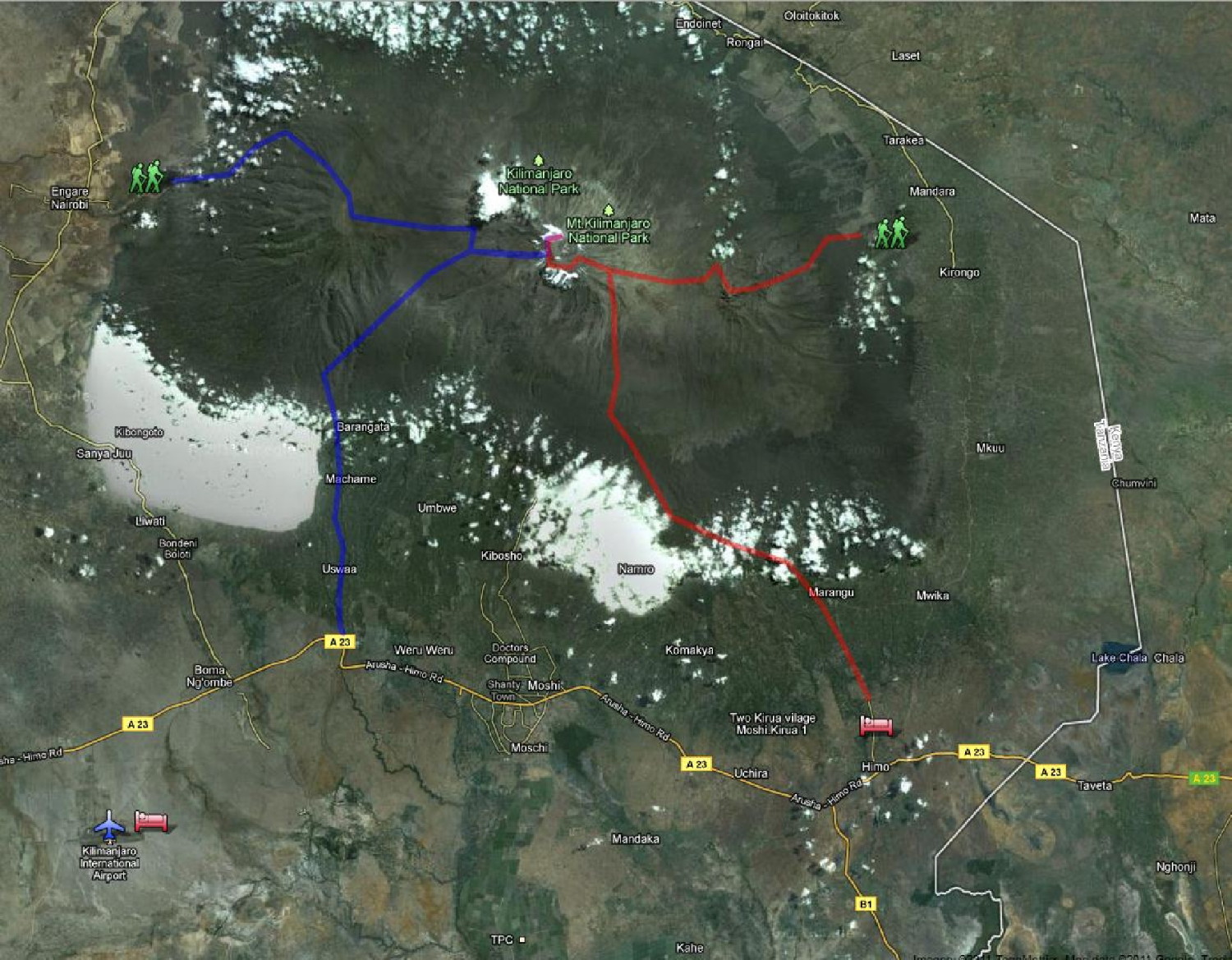
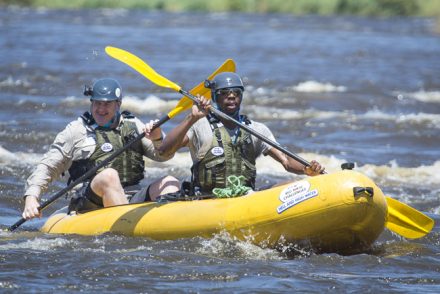
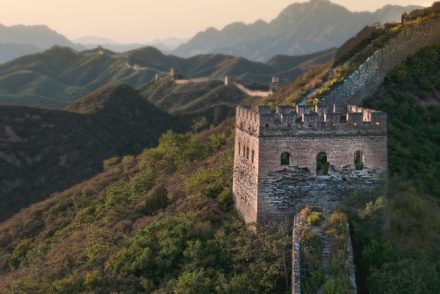
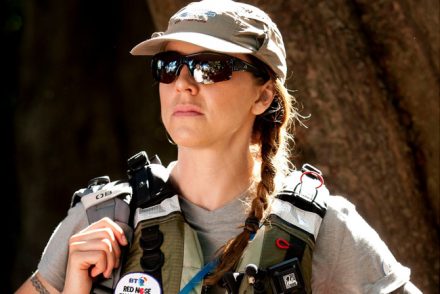

2 Comments
Descent comparison (and therefore knee wear and tear implications) b/w Lemosho and Rongai: Rongai has a longer (35kms in 1.5 days) but gentler descent slope as compared to Lemosho which covers 23km descent in the same number of days but is steeper and has a more rocky path (rocks put more pressure on the knees). Have a look at the respective route profile graphs on the internet and talk to your TO to understand better.
Thanks for this it has been very helpful to me and I will now decide which route I will take.
Regards
Lynne